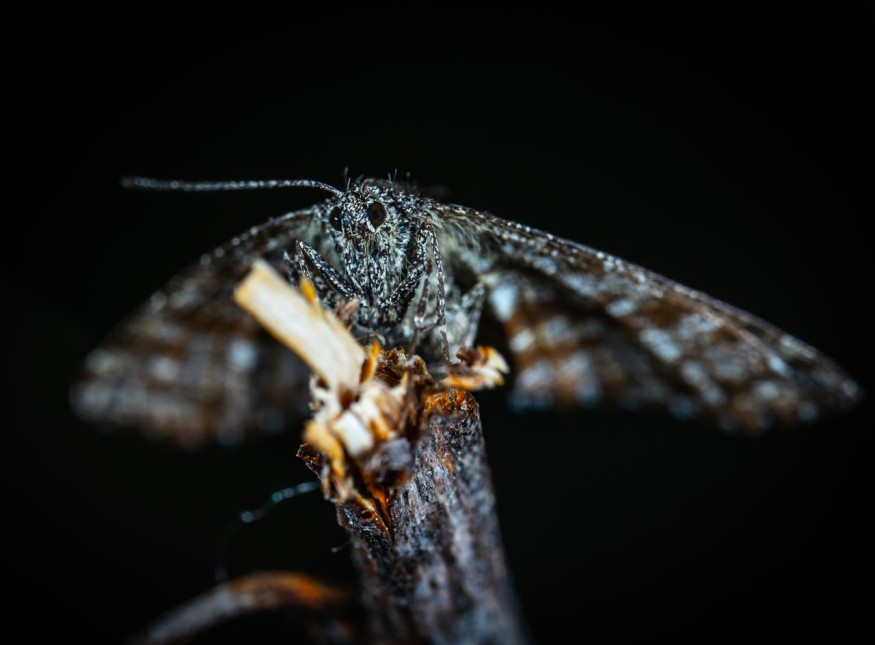Moth wings are known as one of the most lightweight materials in the wild that are readily available for acoustic studies. In new research, experts tried to develop new and efficient sound absorbers inspired by this innovative insect wing.
How Moths Evolved Soundless Flights

University of Bristol scholars discovered that the moth wings have microscales that could work as an effective sound barrier. The structure of the insect's wings exhibits the perfect pattern that works as a superb metasurface sound dampener for many applications, including soundproofing walls and devices intended to provide the silence.
The property was developed through the ages of evolution moths underwent. Biologists theorize that they acquired the ability of soundless flight to protect themselves against bats' appetite.
Moths are considered pests that swarm in farms and cities during summer. But despite their annoying presence in our backyards, these insects went through a million years of evolutionary pressure.
The known problem and arch-nemesis of moths are bats. These predators are known to eat any certain insects that give them the right nutrition to live, and moths are included in their favorite menu.
Since becoming prey more than 60 million years ago, moths decided to improve their quality of life and began to resort to the natural evolution of their physiology and anatomy. One of the tricks they perfected is to fly silently using their unique wings modified through ages of evading the bats.
Scientists found that their wings act as a biological sound absorber that properly works to conceal their location whenever sonic-relaying predators track them. For example, bats' echolocation would not work if the sound they emitted to find the moths throughout a field would not come back.
Silent Moth Wings for Metamaterial Sound Absorber
The sound-dampening of the moth's wings works through the scales that make up most of its surface.
The University of Bristol experts suggested that a noise-canceling model could be patterned from these wings and be utilized in many applications. According to the study, surfaces made with the same structure as the moth wings could also work even when equipped with other artificial surfaces, reports ZME Science.
Experiments show that the metamaterial sound absorber is much more efficient and effective than the choices we currently have in the market. They tested actual moth wings on an aluminum disk projected with sound waves from various sources. Data were also collected on how dependent the dampening applied when the number of scales from the wings was changed.
Findings revealed that the wings attached to a solid substrate could absorb as much as 87 percent of the sound waves, and the result is constant even if the waves come from different directions and are emitted with a range of frequencies.
The study was published in the Proceedings of the Royal Society A, titled "Moth wings as sound absorber metasurface."
RELATED ARTICLE : Voicemod Launches New AI-Powered Audio Rendering Application to Recreate Voice Into Popular Characters Like Morgan Freeman's More Accurately
Check out more news and information on Technology and Innovation in Science Times.
© 2025 ScienceTimes.com All rights reserved. Do not reproduce without permission. The window to the world of Science Times.











